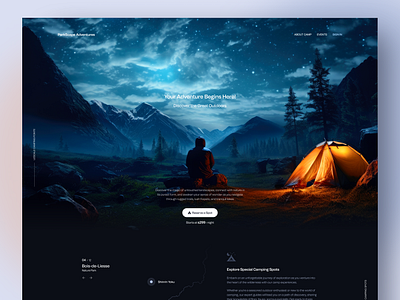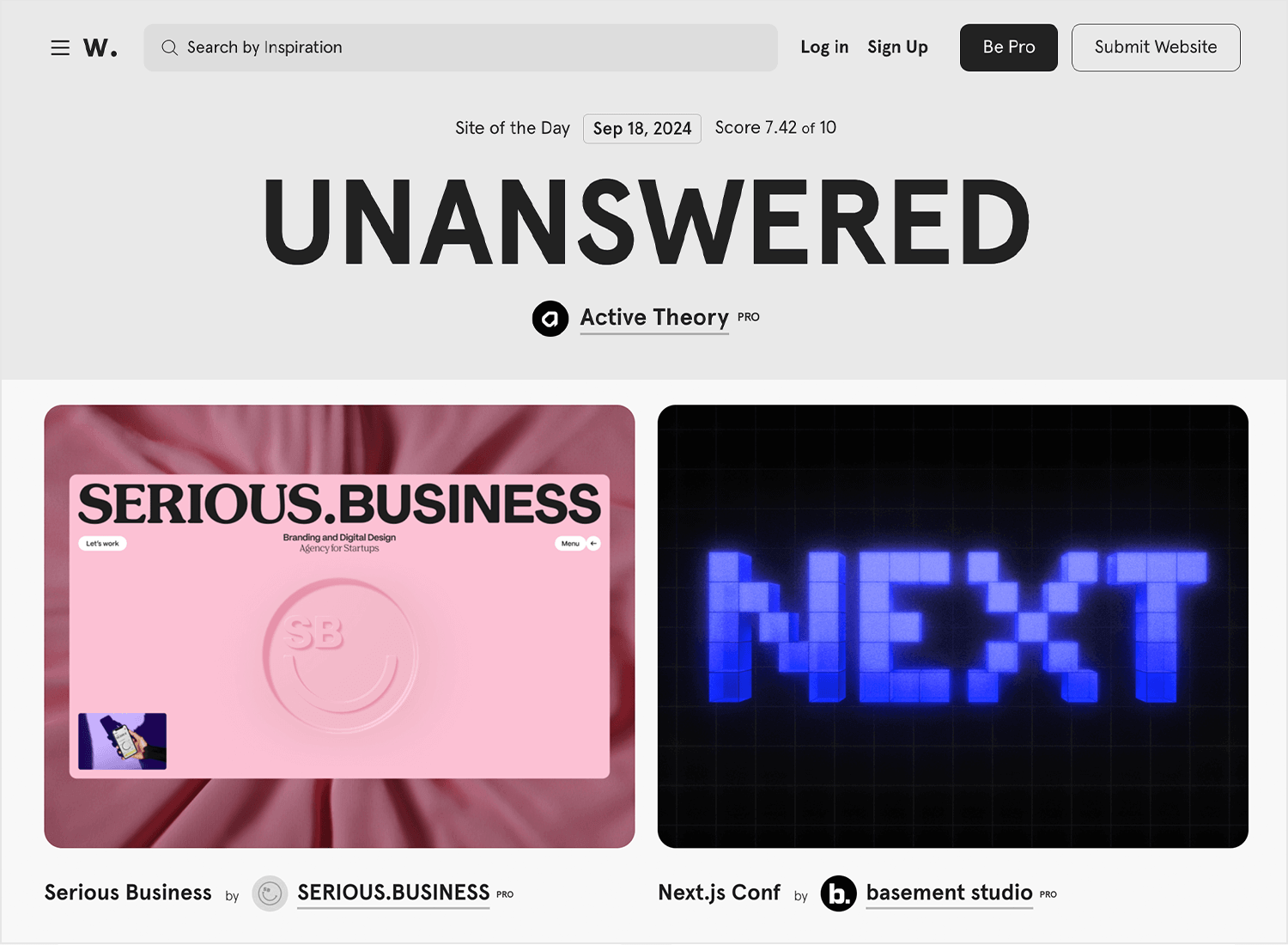Why Web Design and User Experience Must Go Hand-in-Hand for Success
Why Web Design and User Experience Must Go Hand-in-Hand for Success
Blog Article
Exactly How Efficient Website Design Can Boost User Experience and Conversions
In the significantly affordable electronic landscape, efficient web style plays an essential function in enhancing user experience and driving conversions. As we explore the essential elements that add to successful web style, it becomes evident that the influence on customer contentment and conversion prices is profound.
Importance of User-Centric Design
In the world of website design, focusing on user-centric design is extremely important for creating reliable digital experiences. This technique concentrates on recognizing the demands, preferences, and habits of users, guaranteeing that electronic interfaces are easily accessible and intuitive (Web design). By incorporating customer feedback right into the style process, web designers can craft experiences that reverberate with their target audience, eventually causing enhanced engagement and satisfaction
User-centric design highlights functionality, which is crucial for reducing and preserving users bounce prices. When customers can navigate a site effortlessly, they are more probable to discover its material and transform right into consumers. Additionally, a user-centered method cultivates count on and trustworthiness, as users really feel that their demands are valued and dealt with. This not just improves their experience but also motivates brand commitment.

Crucial Element of Reliable Layout
Effective layout acts as the backbone of user-centric website design, equating customer requires right into aesthetic frameworks that promote communication. An efficient layout prioritizes web content with a clear power structure, leading customers' eyes to essential info. This pecking order is frequently established using spacing, dimension, and color, guaranteeing that vital elements stick out.
Another secret element is the usage of whitespace, which protects against congestion and improves readability. Web design. Whitespace permits components to breathe, making the overall design appear cleaner and simpler to navigate. Additionally, uniformity in style elements, such as fonts and colors, cultivates knowledge and trust, making it possible for customers to browse the site with higher ease
Grid systems can additionally be vital, supplying a structure that aligns web content rationally and cosmetically. This alignment enhances the user experience by developing an organized visual circulation. Additionally, versatility in format-- like responsive design-- makes certain that web sites perform well across different tools, satisfying varied individual preferences.
Eventually, an effective format not only captivates customers but also encourages them to involve more deeply, ultimately fulfilling and driving conversions service goals. By concentrating on these crucial elements, designers can develop formats that reverberate with users and boost their total experience.
Navigational Best Practices
Clear and instinctive navigation is vital for improving individual experience on a web site. A well-structured navigation system permits customers to find information rapidly, which directly influences their complete satisfaction and chance of conversion - Web design. Implementing a hierarchical structure is important; utilize categories and subcategories that rationally group related content, making it less complicated for visitors to discover
Uniformity in navigation aspects is also important. Ensure that buttons, web links, and menus preserve harmony in style, shade, and placement across all web pages, providing customers with an acquainted framework as they browse. Additionally, use detailed tags for navigating products. As opposed to generic terms, decide for clear labels that precisely mirror the content, helping customers in making informed choices.

Mobile Responsiveness and Access

Ease of access, on the various other hand, concentrates on making web sites useful for people with impairments. This includes adhering to guidelines such as the Web Material Ease Of Access Guidelines (WCAG), which resolve concerns like color comparison, message dimension, and key-board navigating. By applying these standards, web developers can produce comprehensive experiences that deal with a wider target market, thereby improving user interaction and complete satisfaction.
Additionally, mobile responsiveness and accessibility not just improve individual experience yet additionally positively impact search engine positions. Online search engine focus on obtainable and mobile-friendly internet sites, making them most likely to show up in pertinent search results. Subsequently, spending in these facets of website design not just meets individual demands yet additionally adds to overall business success through raised presence and improved conversion rates.
Measuring Success Through Analytics
Tracking user communications and behaviors with company website analytics is vital for evaluating the success of an internet site. By leveraging devices such as Google Analytics, organizations can collect important information that reveals exactly how customers engage with their site. Metrics such as bounce rates, average session duration, and conversion rates give understandings right into user behavior and can highlight areas for improvement.
Understanding user demographics and website traffic sources further improves a website's effectiveness. This information enables web developers to customize content and design components to much better meet the requirements you can try these out of their target audience. In addition, tracking particular customer journeys helps determine potential bottlenecks in the conversion channel, enabling services to enhance their website design accordingly.
Routinely examining this analytics information is crucial for continual improvement. A/B screening different design aspects can offer concrete proof of what reverberates with individuals, enabling educated choices based upon real-world performance. Ultimately, measuring success through analytics not just improves individual experience yet also drives conversions, making sure that website design efforts line up with organization purposes. In a digital landscape where competition is intense, using the power of analytics is crucial to preserving a effective and easy to use web site.
Verdict
To conclude, reliable web style plays a pivotal role in boosting individual experience and driving conversions. By focusing on user-centric principles, executing key layout elements, and making sure instinctive navigation, web sites can engage a varied target market. Mobile responsiveness and access further contribute to a seamless communication for all individuals. Ultimately, gauging success through analytics allows for continuous enhancement, making sure that design techniques continue to be straightened with customer needs, therefore cultivating company growth pop over to this site and success.
In the increasingly affordable digital landscape, efficient internet design plays a crucial function in boosting user experience and driving conversions. By incorporating individual responses into the style process, internet developers can craft experiences that resonate with their target audience, ultimately leading to boosted engagement and fulfillment.
Inevitably, the importance of user-centric layout exists in its capability to create purposeful interactions that drive conversions and foster long-lasting relationships with customers, making it a vital element of effective web design techniques.
Ultimately, measuring success through analytics not only boosts individual experience yet also drives conversions, guaranteeing that web design efforts align with company goals.In conclusion, efficient web style plays a crucial function in boosting customer experience and driving conversions.
Report this page